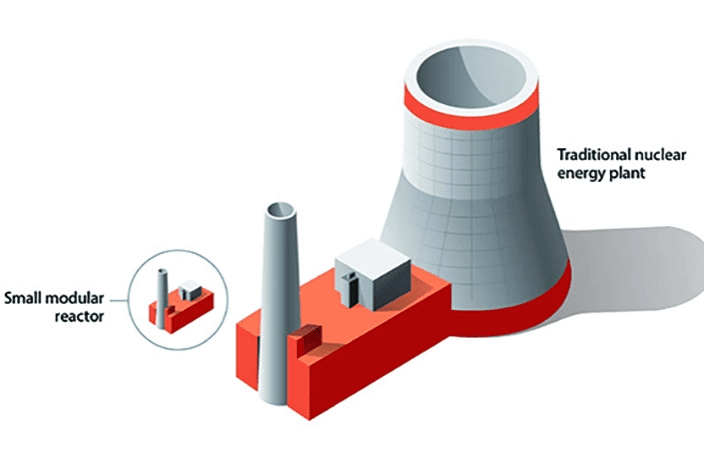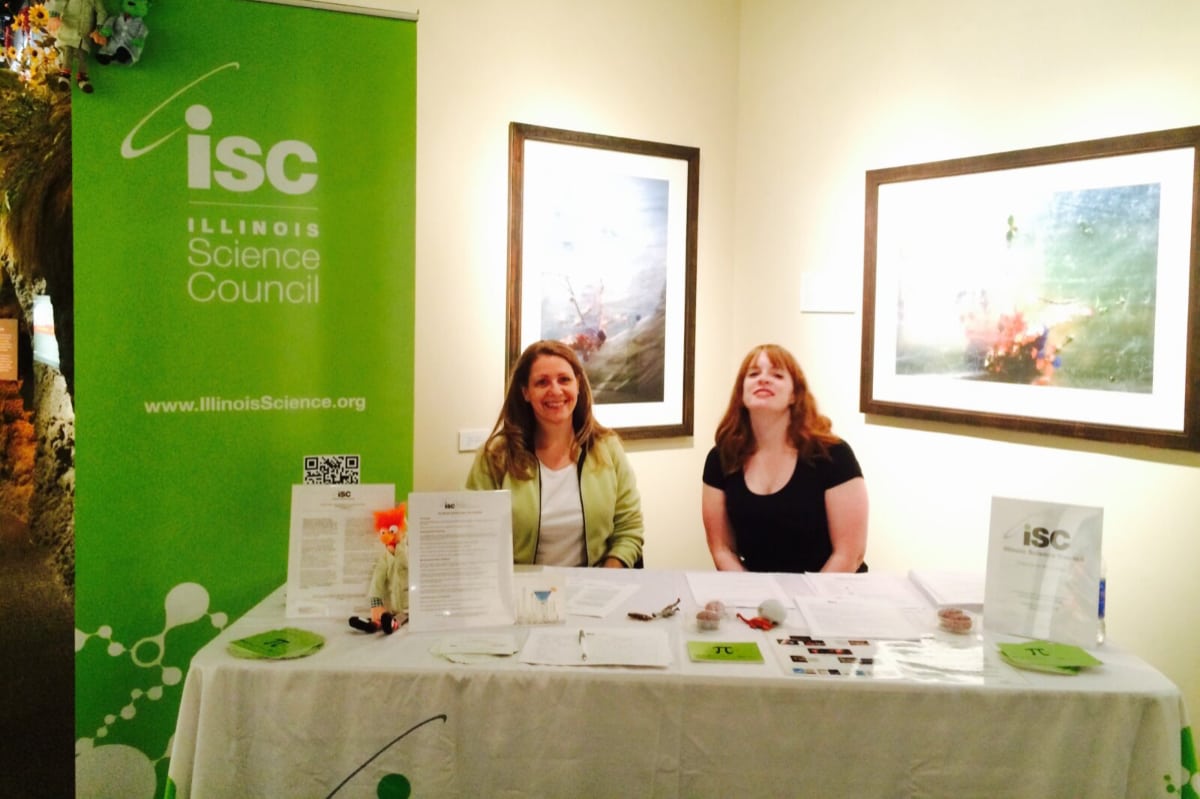Last year, the genetic testing company 23andMe announced they will start testing for mutations in the BRCA genes, the ones that predict whether a woman will develop breast cancer, with surprising accuracy. A year prior, the FDA approved 23andMe genetic tests for other complex conditions such as Late-Onset Alzheimer’s Disease, Parkinson’s Disease, and Celiac disease.
How could scientists release genetic tests for diseases that we don’t normally call genetic disorders? While the links are not as clear as with diseases such as Huntington’s disease or Sickle Cell Disease, scientists have learned that most, if not all, diseases have a genetic component. In fact, many of these diseases are polygenic, meaning they’re caused by mutations in several genes at once. Furthermore, in some cases, diseases require a combination of genes, regulatory elements, and environmental factors to manifest. A mutation in one gene may even affect how another acts, causing a cascade of problems that ultimately lead to disease.
In this second part of a two-part series on the role of genetics in disease (part I here), I’ll discuss how your genome plays a role in most diseases, including cancer and Alzheimer’s disease. One caveat though: scientists still don’t fully understand all of the pieces that need to be in place for these diseases to develop, and I am not a genetic counselor, so I can’t provide you any official guidance on how your individual genetic testing results will impact your health. But I can tell you about how far scientists have come in understanding how much our lives are impacted by our DNA.
Genetics, Cancer, and Neurological Disease
Even before genetic testing became a hobby, scientists had already discovered genes that are involved in complex diseases such as breast cancer and Alzheimer’s disease. For example, in the early 1990s, scientists discovered that certain mutations in the BRCA (pronounced “BRAC-uh”) genes contribute to breast and ovarian cancer. Nowadays, patients can be tested for mutations in these genes with a simple blood test.
The BRCA1 gene produces BRCA1, a protein that protects people from developing tumors. More specifically, the BRCA1 protein repairs DNA when it’s damaged. When someone has a mutated BRCA1 gene, however, it will produce an ineffective protein that cannot fix damaged DNA, clearing the way for cells with damaged DNA to divide and divide and divide, leading to tumors.
Scientists also know of genetic risk factors for early-onset Alzheimer’s Disease. In 2017, 23andMe gained permission from the FDA to test customers for different versions of APoE (pronounced “A-poe ‘E’”), a gene linked to the disease. Unlike some disease mutations, which come in dominant and recessive forms, different forms of the ApoE protein simply make people more or less susceptible to early-onset Alzheimer’s on a gradient. The ApoE2 version, for instance, protects people from Alzheimer’s, while the ApoE3 version is neutral, and ApoE4 puts people right in its crosshairs. (If you’re asking why this is, no one can tell you yet.)
Despite the known genetic links, we don’t call breast cancer and Alzheimer’s “genetic disorders” as readily as we do with conditions such as Huntington’s disease and Sickle Cell. This is because carrying a mutation in BRCA1 or carrying the E4 variant of ApoE does not guarantee that someone will develop breast cancer or Alzheimer’s. For these diseases to develop, people need a combination of things to go wrong, and these genetic mutations only play a small part.
If a woman carries a harmful mutation in her BRCA1 gene, the chances she will develop breast cancer increases six times, and the chance she will develop ovarian cancer rises almost 34-fold. Someone who carries one copy of the ApoE4 allele has a three-times greater chance of developing Alzheimer’s disease, while someone who has two copies of the ApoE4 allele has a 12-times greater chance of developing the disease.
So, if these genes only partially explain these conditions, what else could be the cause? It could be one of several possibilities. First, since most diseases with a genetic component are caused by changes in more than one gene, it’s likely that these mutations require the presence of other mutations to cause problems on their own. BRCA1, for instance, is not the only gene involved in breast cancer. BRCA2, HER2, ER, and PR are some of the many genes that a physician might test someone for to determine their chance of developing breast cancer.
Additionally, we still have a lot to learn about how our behavior and the environment we live in affects our chance of developing diseases such as cancer. We know of some links already, like how asbestos poisoning can cause mesothelioma and radiation poisoning can cause mutations that allow tumors to grow all over the body. But some environmental links are less clear, and we still have much to learn. Environmental factors, such as toxins, medications, food, and age can also change how your genes are expressed. Despite what seems like the infinite complexity of your genome, though, as we discussed previously, the best things we can do to stay healthy are to exercise, eat healthy foods, get to sleep at a reasonable hour.
If you are afraid you might carry a harmful mutation that increases your chance of developing a disease later in life, consult a genetic counselor. These trained professionals can walk you through the risks associated with these mutations and help you interpret the results of your genetic tests. If it turns out you are positive for a harmful mutation in one of these genes, a genetic counselor can guide you on what steps you can take to either prevent or reduce the chance that these diseases will develop.
-
Ben Marcus is a public relations specialist at CG Life and a co-editor-in-chief of Science Unsealed. He received his Ph.D. in neuroscience from the University of Chicago.
View all posts





